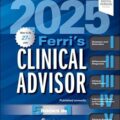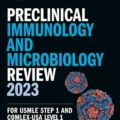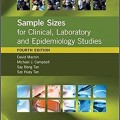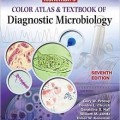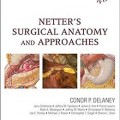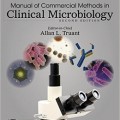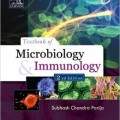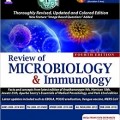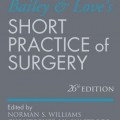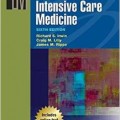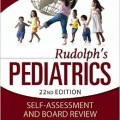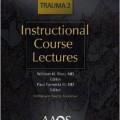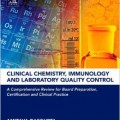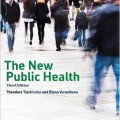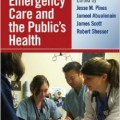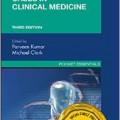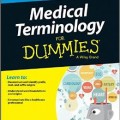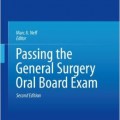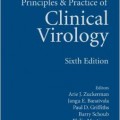دانلود کتاب راهنمای میکروب شناسی بالینی (۲ جلدی، ویرایش ۲۰۱۵)
Manual of Clinical Microbiology, 2-Vol, 11ed
The 11th edition of the Manual of Clinical Microbiology continues to set the standard for state-of-the-science laboratory practices as the most authoritative reference in the field of clinical microbiology. This new edition presents the numerous microbial taxonomic changes and newer more powerful diagnostic approaches that have been developed since publication of the 10th edition. A collaborative team of editors and authors from around the world, all experienced practitioners, researchers, or public health experts, revised the Manual to include the latest applications of genomics and proteomics, producing an authoritative work of two volumes filled with current findings regarding infectious agents, leading-edge diagnostic methods, laboratory practices, and safety guidelines.
Review
“What do you do when your MALDI-TOF reports Sneathia sanguinegens and the doctors is asking what it is, or when you are asked whether a Borrelia recurrentis infection can be treated with ceftriaxone, or whether Coxsackieviruses cause hepatitis? You turn to “THE source” for clinical microbiology information – The Manual of Clinical Microbiology. Whether on your tablet or on the bench; it has what you need.” Fred C. Tenover, Vice President, Scientific Affairs, Cepheid “The Manual of Clinical Microbiology is the key resource for understanding what, why, and how in clinical microbiology. It is truly a must-have document for guiding current practice.” Carol A. Rauch, Associate Professor of Pathology, Microbiology, and Immunology, Vanderbilt University Medical Center
Description
This two-volume, 2,500+ page book is the 11th edition of this well respected authoritative reference in clinical microbiology. The previous edition was published in 2011.
Purpose
The purpose is to provide updates to the ever growing field of clinical microbiology. These are worthy objectives well met by the authors.
Audience
This book is intended for practicing clinical microbiologists. However, it has been, and will continue to be, useful to clinical laboratory scientists (in training or in practice) at any level (e.g., bench scientist, specialist, supervisor, manager). It is also useful to doctoral level laboratory directors and infectious disease practitioners (MD, DO, PharmDs, etc.) who rely heavily on microbiology laboratory results. Finally, it would be of interest to anyone in healthcare interested in clinical microbiology, including providers in virtually all specialties or primary care, and other allied health practitioners (e.g. nurses, physician assistants, etc.).
Features
This edition continues its historical and well-deserved reputation as the authoritative reference for clinical microbiology. Simply put, it’s everything you ever wanted or might want to know about clinical microbiology. Updates include new molecular technologies (e.g., MALDI-TOF, nucleic acid sequencing) as well as newly emerged diseases (e.g., carbapenem resistant enterobacteriaceae, Ebola virus, etc.). To get a sense of its enormity, the subject index alone is at least 120 pages! The chief editors comment this is only the second edition to have a fully searchable, web-based electronic edition. However, there is no obvious relationship between the print version and the ebook version, as there is no online access key. Given the sheer weight of this book, an ebook would be most appreciated, especially if access is automatic with purchase of the print copy. Two small areas of nitpickiness. First, given the complexity of clinical microbiology, a cohesive and broad-based discussion of the overarching principles of a quality management system would have been useful. If readers are truly interested in this subject, Clinical Laboratory Management, 2nd edition, Garcia (ASM Press, 2014), is a great reference. Second, the chapter on prevention of laboratory-acquired infections has no discussion of laboratory-acquired Neisseria meningitides — a serious omission given the disproportionately increased lethality of these infections, the need to modify workflow processes to avoid exposure, and the availability of a vaccine.
Assessment
Overall, however, this is truly the authoritative reference for clinical microbiology. Get it.





